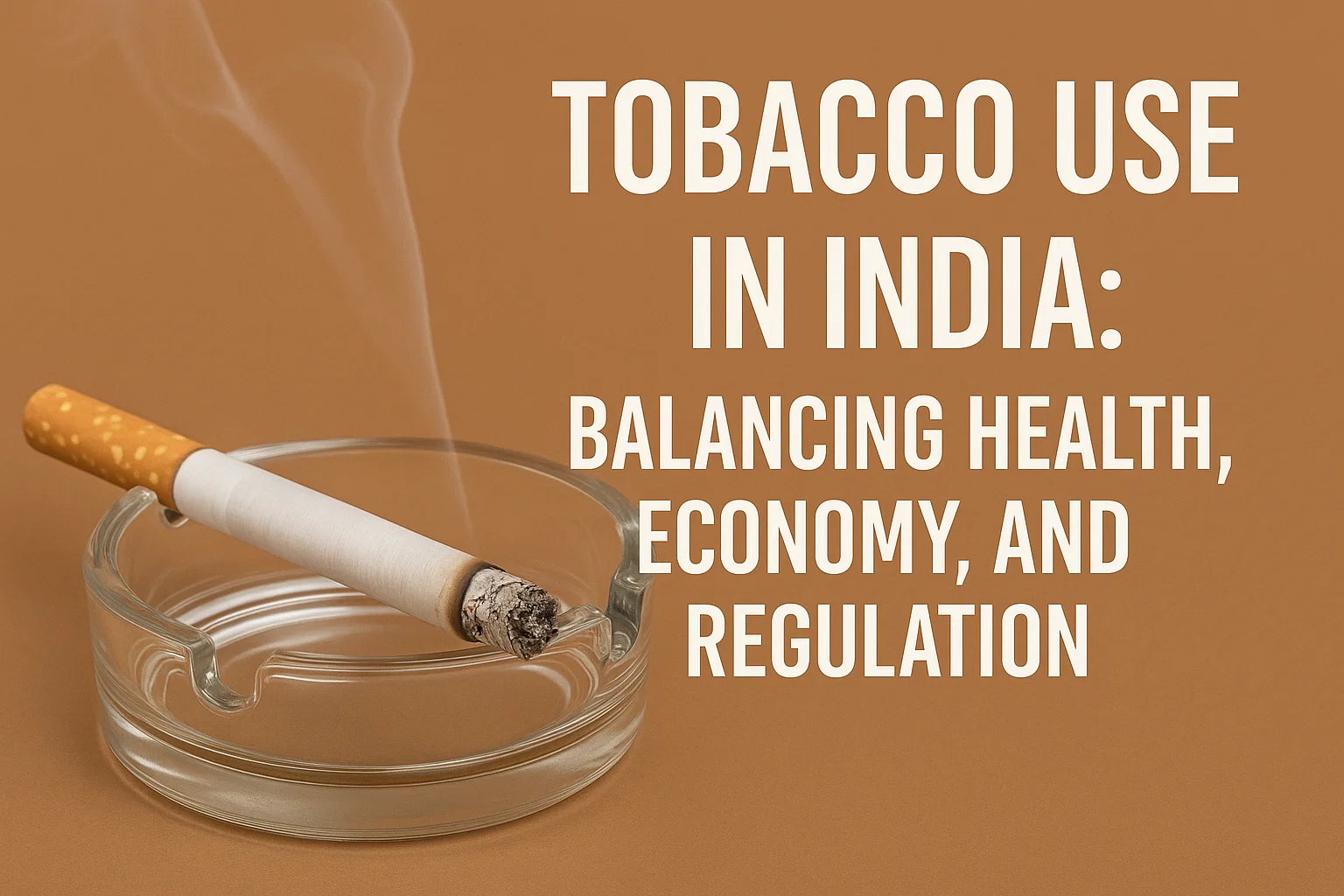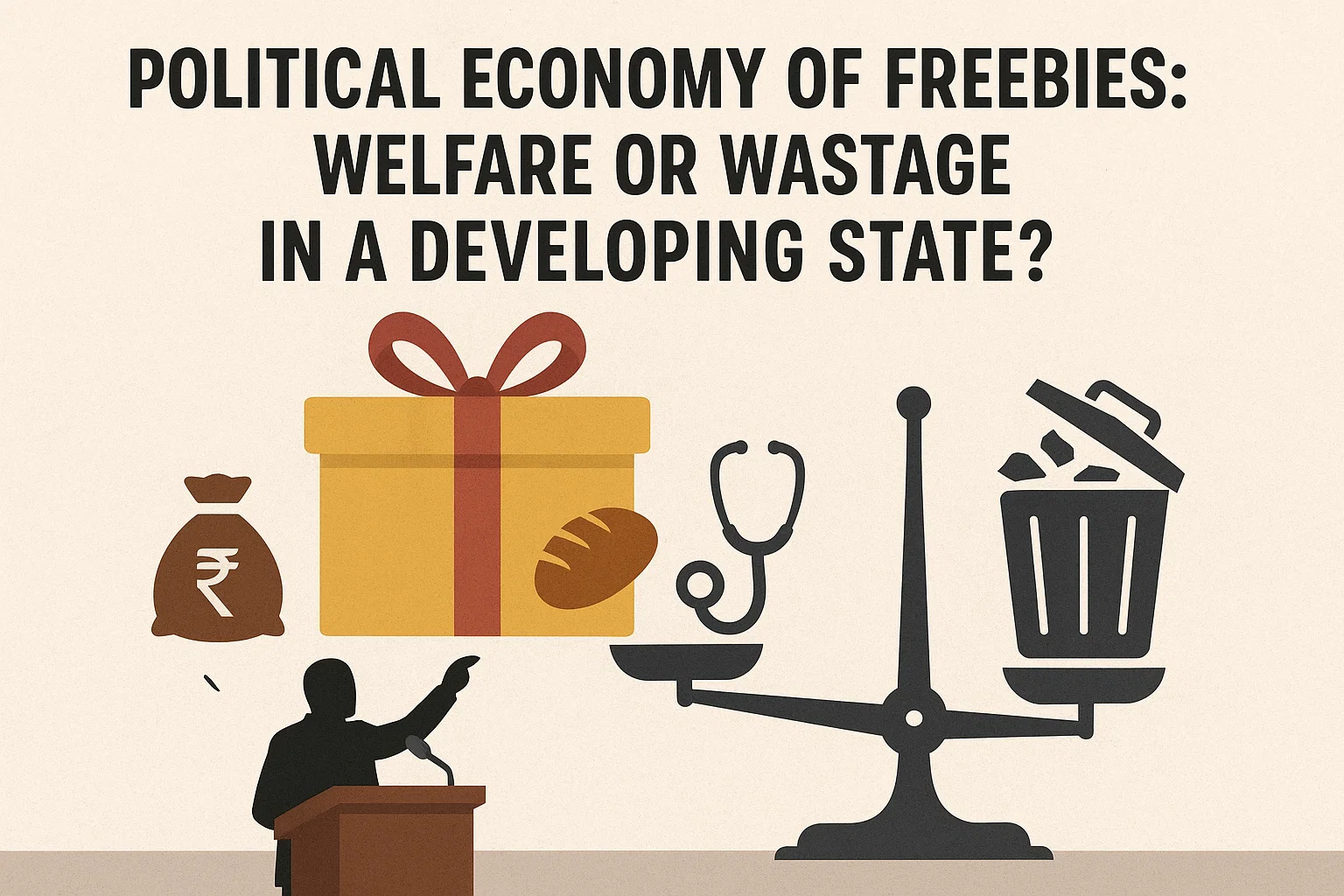Font size:
Print
Global Food Crisis 2024
Nearly 300 million people faced acute hunger in 2024: Report
Context: In 2024, the global hunger crisis worsened significantly, affecting more than 295 million people across 53 countries and territories, as per the latest Global Report on Food Crises (GRFC). This marked an increase of 13.7 million people compared to 2023, highlighting a continuing trend of rising acute food insecurity.
Acute Food Insecurity: A Growing Crisis
- According to the report, around 23 per cent of the total population assessed faced acute levels of food insecurity.
- Alarmingly, this marks the fifth consecutive year that this figure has remained above 20 per cent, and the sixth consecutive year of rising acute food insecurity and child malnutrition in some of the world’s most vulnerable regions.
The GRFC defines acute food insecurity as the disruption of one or more dimensions of food security — availability, access, utilisation, or stability — to the extent that it threatens lives and livelihoods and exceeds the capacity of local systems to respond. Notably, India was not included among the 53 countries analysed in this year’s report.
Key Drivers of the Crisis
- Conflict – The single largest contributor, conflict-affected around 140 million people in 20 countries and territories. Countries like Sudan, South Sudan, the Gaza Strip, Haiti, and Mali faced catastrophic levels of food insecurity. A famine has officially been confirmed in Sudan.
- Economic Shocks – Including inflation and currency devaluation, these were major drivers of hunger in 15 countries, affecting 59.4 million people.
- This figure, although slightly lower than in 2023, remains nearly double pre-COVID-19 levels. Countries hit hardest include Afghanistan, South Sudan, Syria, and Yemen.
- Climate Extremes – Driven by El Niño, droughts and floods pushed 18 countries into food crises, affecting over 96 million people. Record-high air temperatures and widespread flooding led to crop failures, particularly in southern Africa.
- Forced Displacement – Nearly 95 million forcibly displaced people — including internally displaced persons (IDPs), asylum seekers, and refugees — were living in countries facing food crises such as the Democratic Republic of the Congo, Colombia, Sudan, and Syria. This is out of a global total of 128 million forcibly displaced individuals.
Worst Affected Groups & Areas
- The number of people facing the most extreme form of hunger — classified as IPC/CH Phase 5 (Catastrophe/Famine) — more than doubled from 2023, reaching 1.9 million people in 2024. This is the highest number on record since the GRFC began in 2016.
- The report found that nearly 38 million children under five were acutely malnourished in 2024. Some of the most severe levels of malnutrition were reported in the Gaza Strip, Mali, Sudan, and Yemen. Catherine Russell, Executive Director of UNICEF, emphasised the urgency of the situation, stating:
- “In a world of plenty, there is no excuse for children to go hungry or die of malnutrition. Hunger gnaws at the stomach of a child. It gnaws, too, at their dignity, their sense of safety, and their future.”
Declining Humanitarian Funding Adds to the Crisis
- The outlook for 2025 appears bleak as the network anticipates “the most significant reduction in humanitarian funding for food and nutrition crises in the report’s history.”
- Humanitarian funding to food sectors may decline by up to 45 per cent, due to substantial reductions by major donors and abrupt terminations of funding.
- This reduction has already disrupted operations in critical regions including Afghanistan, the Democratic Republic of the Congo, Ethiopia, Haiti, South Sudan, Sudan, and Yemen.
- The report warns that nutrition services to at least 14 million children are at risk, increasing their vulnerability to severe malnutrition and death.
Geopolitical Trends
- Improvements in 15 countries, including Afghanistan, Kenya, and Ukraine.
- However, these were outweighed by deteriorations in 19 other countries, mainly in conflict zones like: Nigeria, Sudan, and Myanmar, all of which are suffering from conflict-driven crises.
The Path Forward: Evidence-Based, Impact-Focused Action
- The GRFC calls for a “bold reset” in how the international community tackles food crises. The Food and Agriculture Organization (FAO) emphasised the need to:
- Pool resources and scale up what works
- Center affected communities in response planning
The GRFC also called for greater investment in local food systems and integrated nutrition services to address long-term vulnerabilities and improve resilience to shocks.


